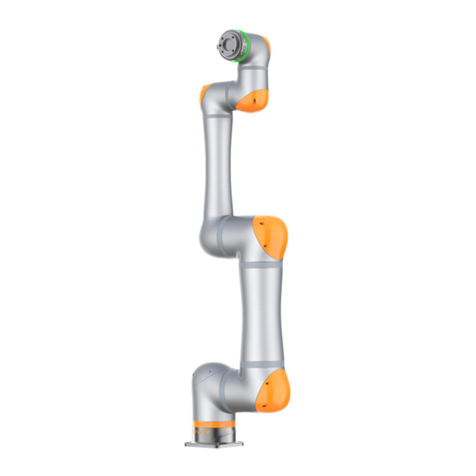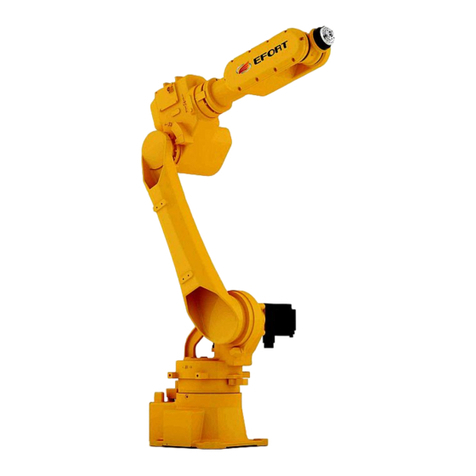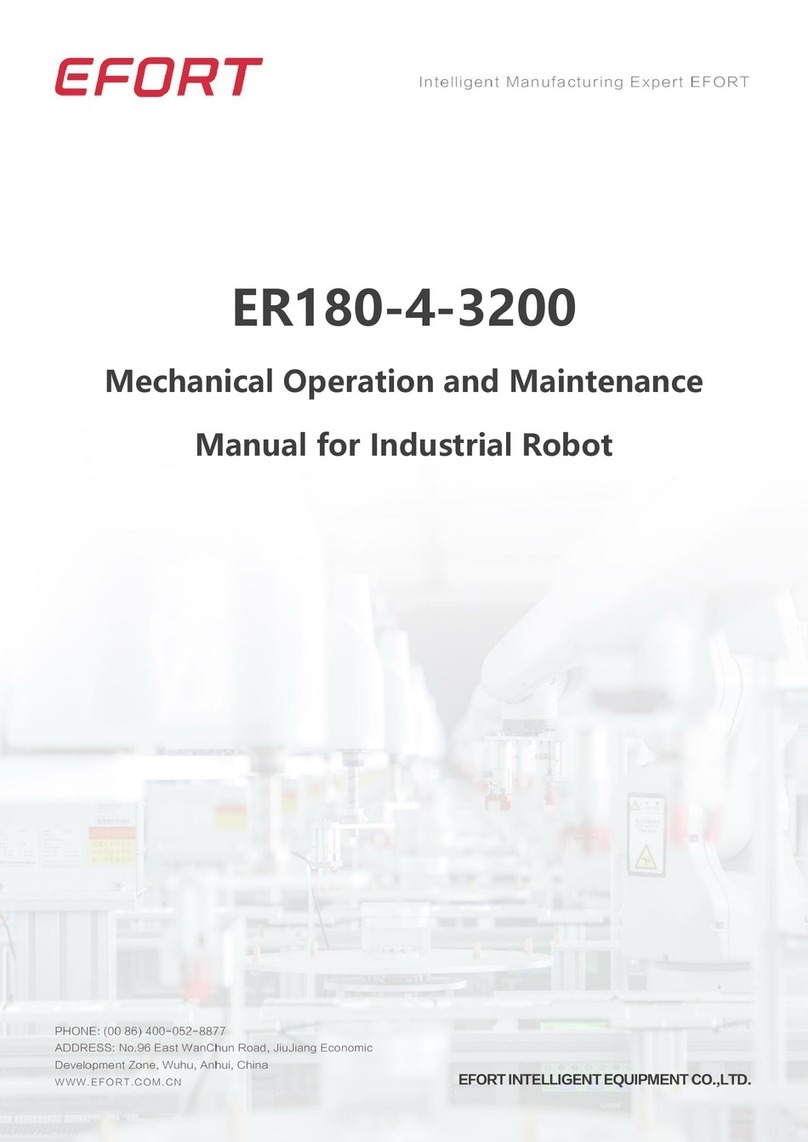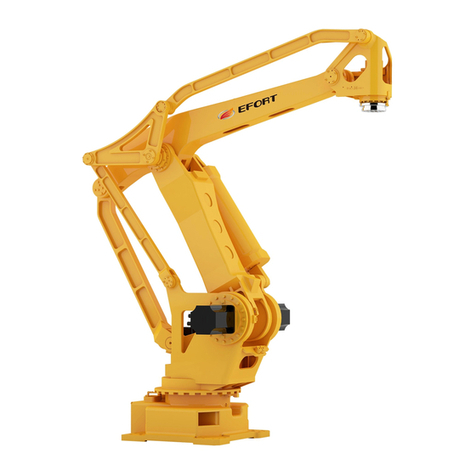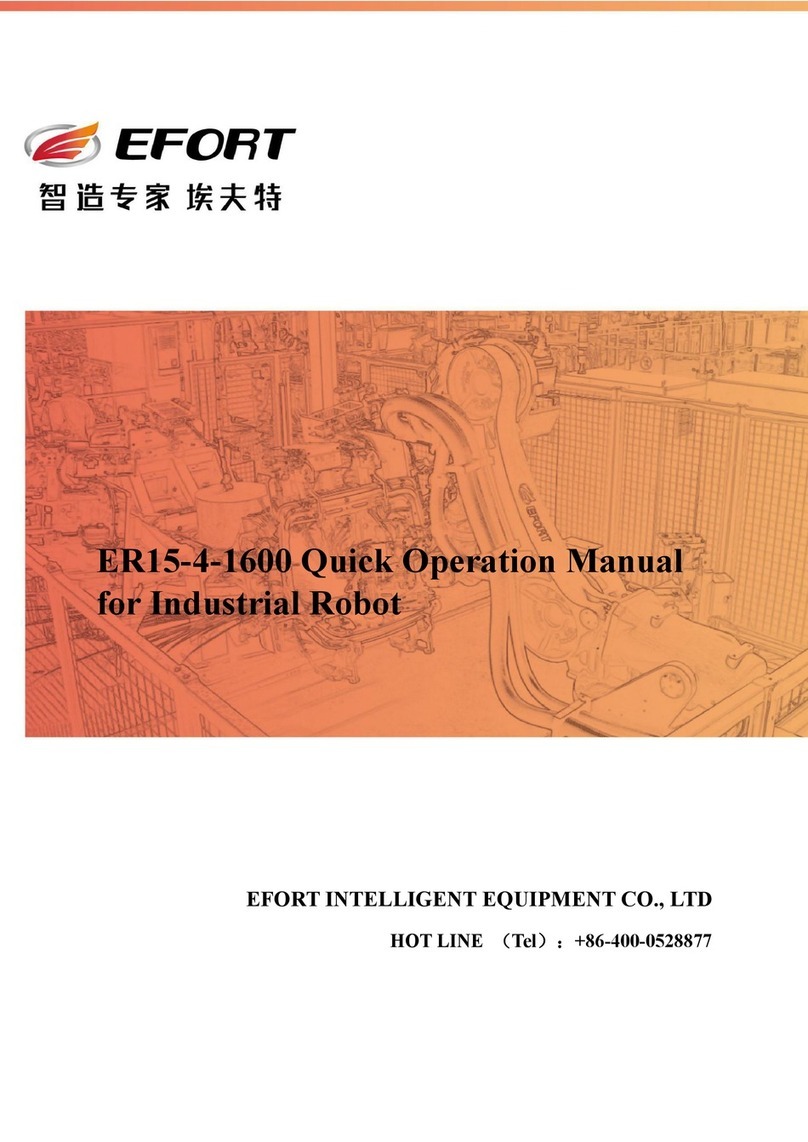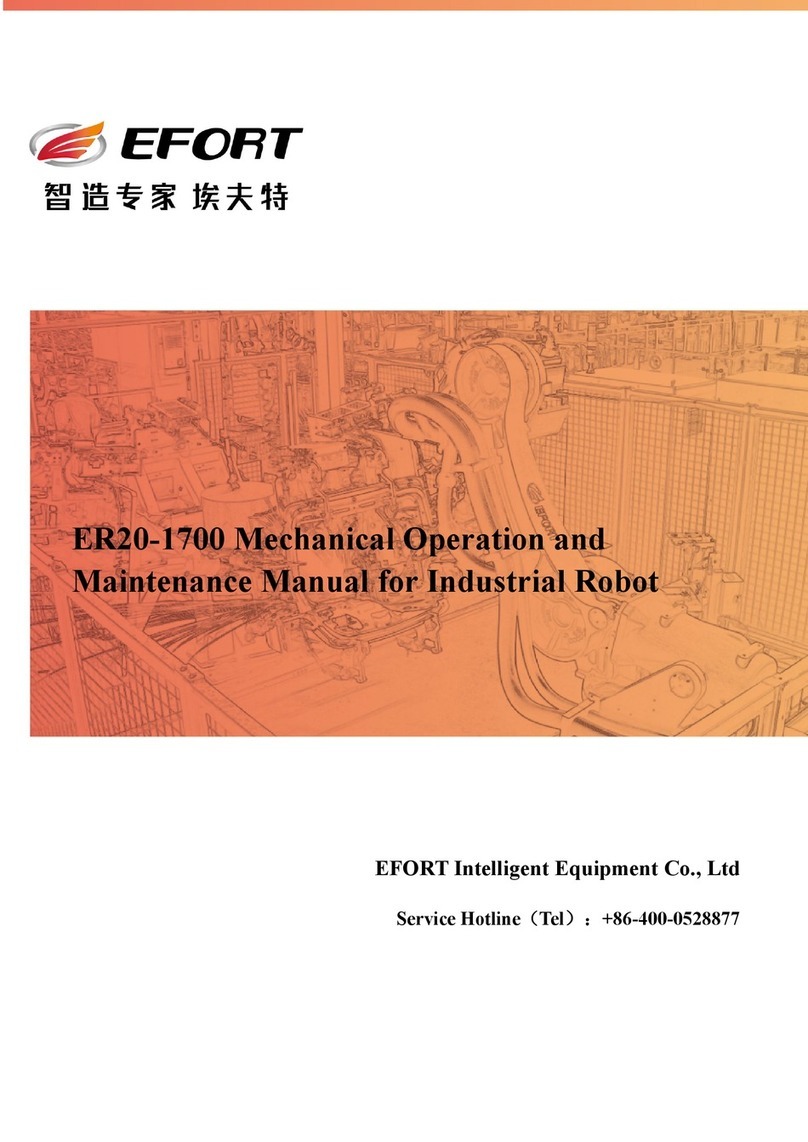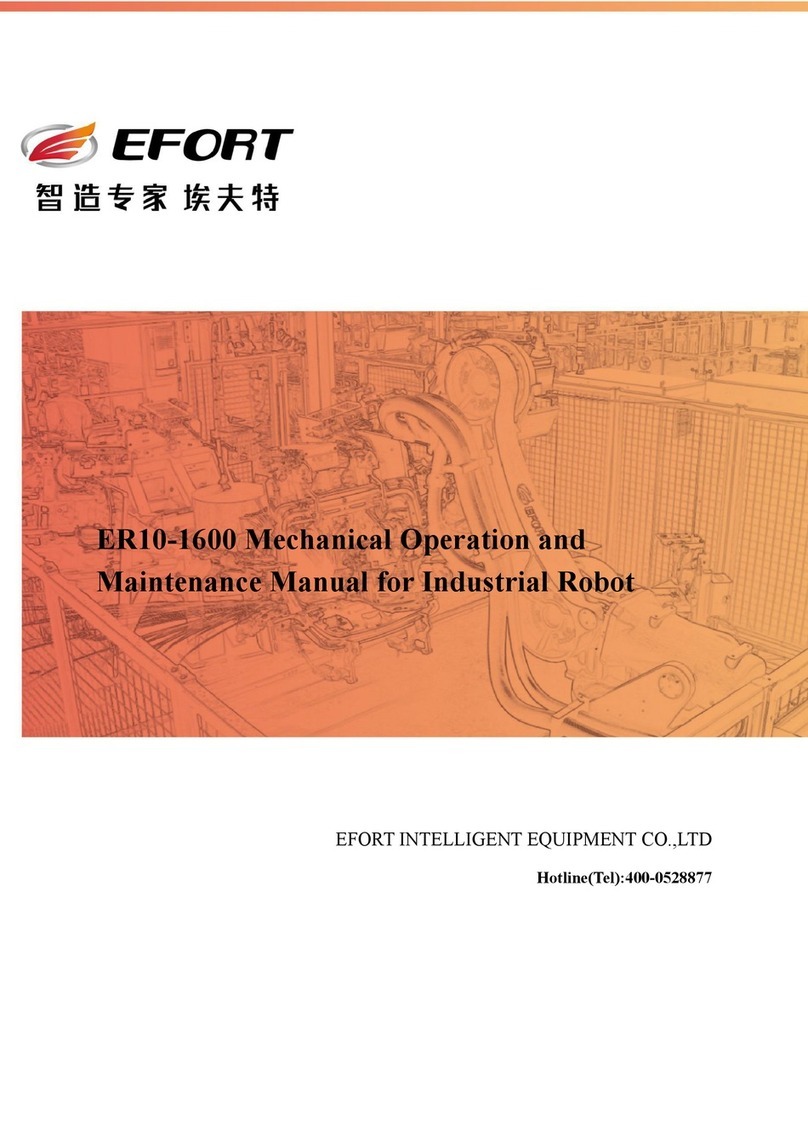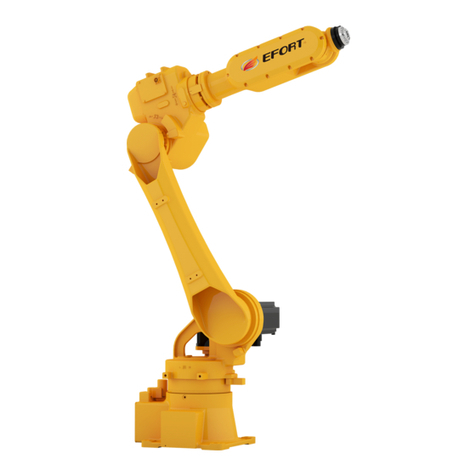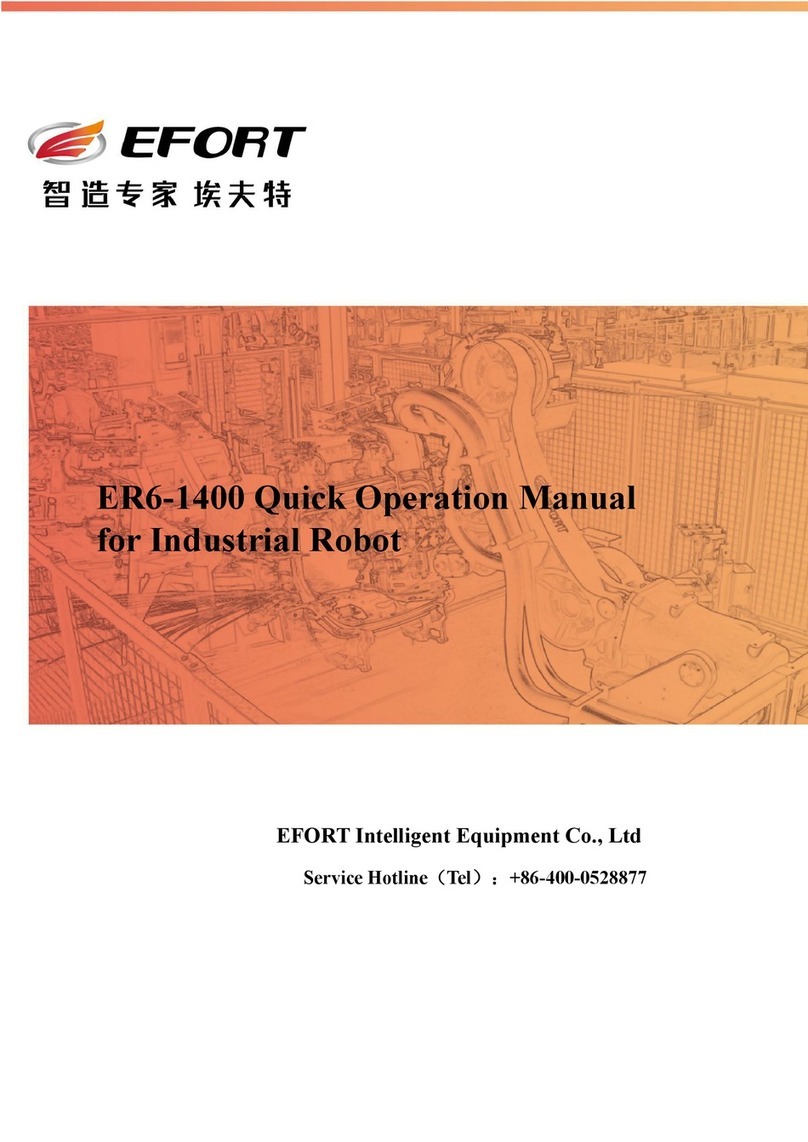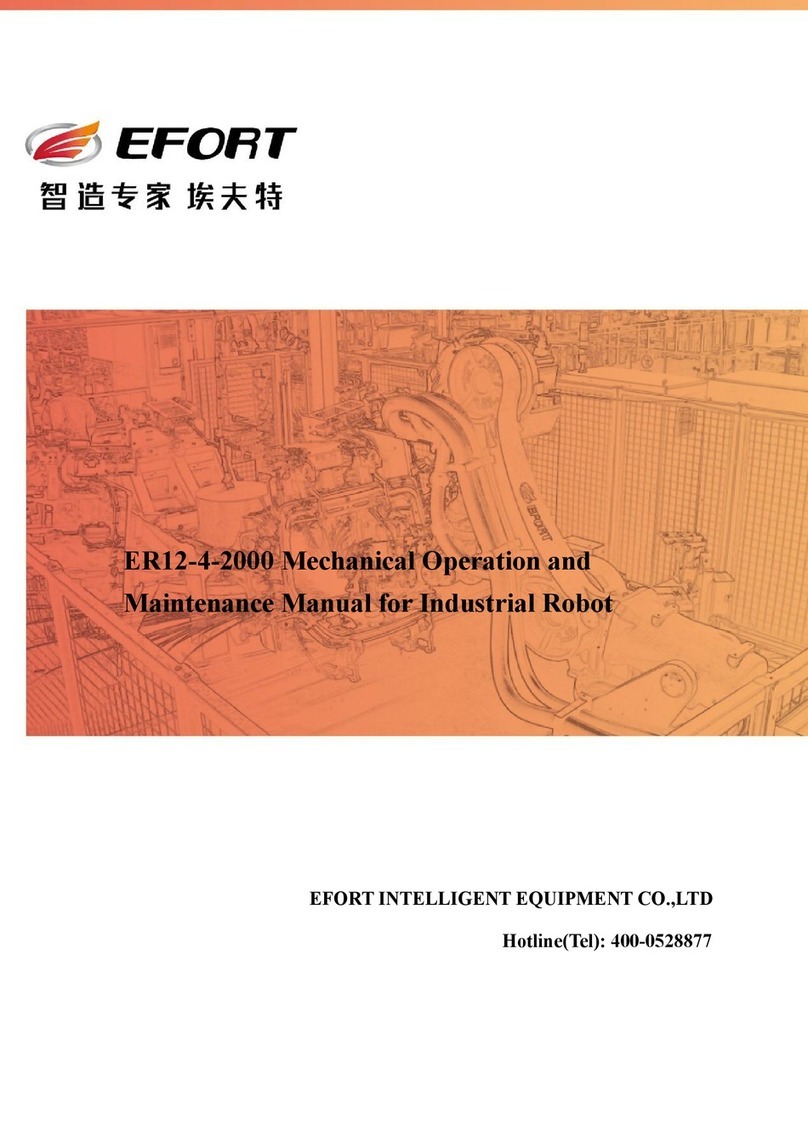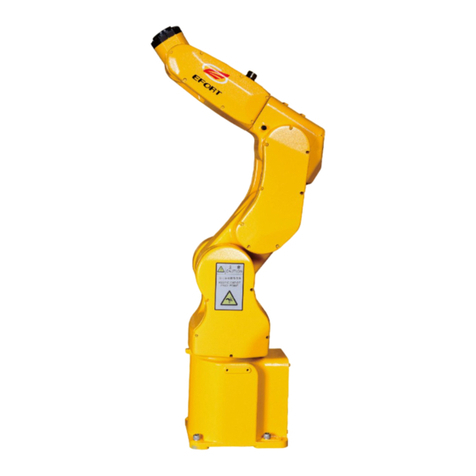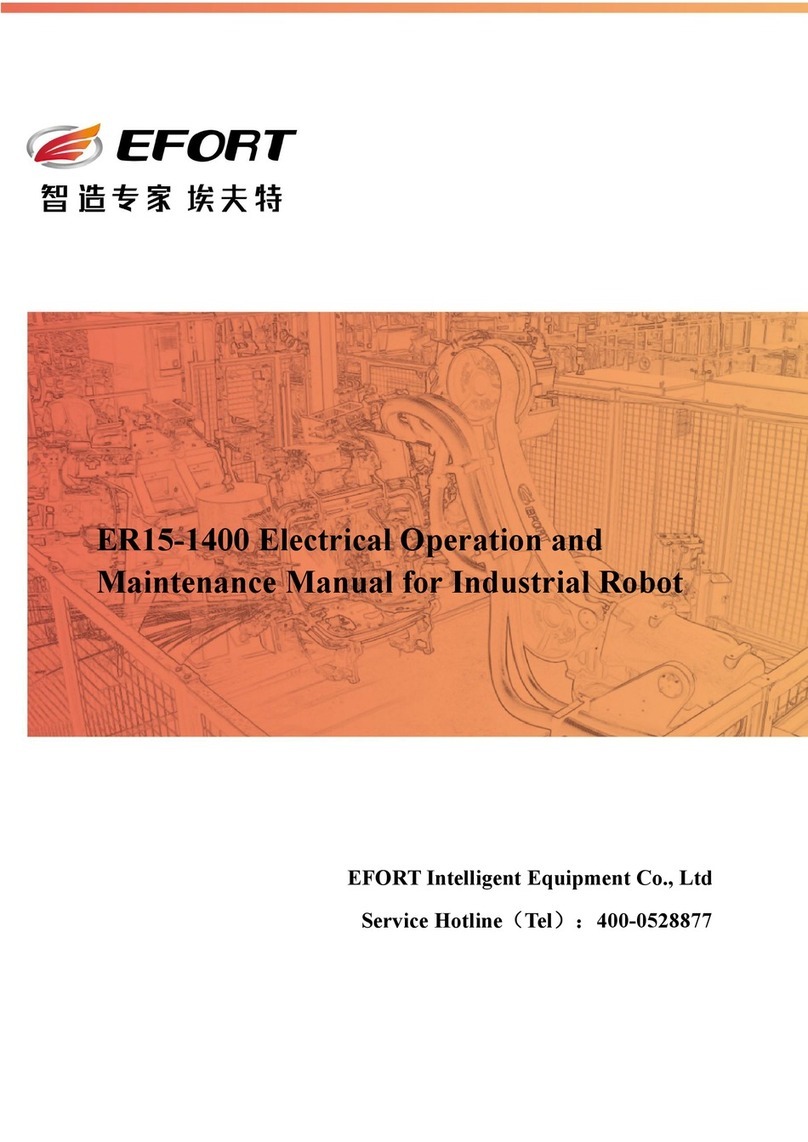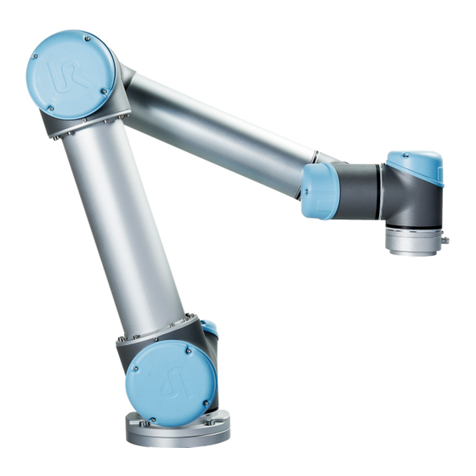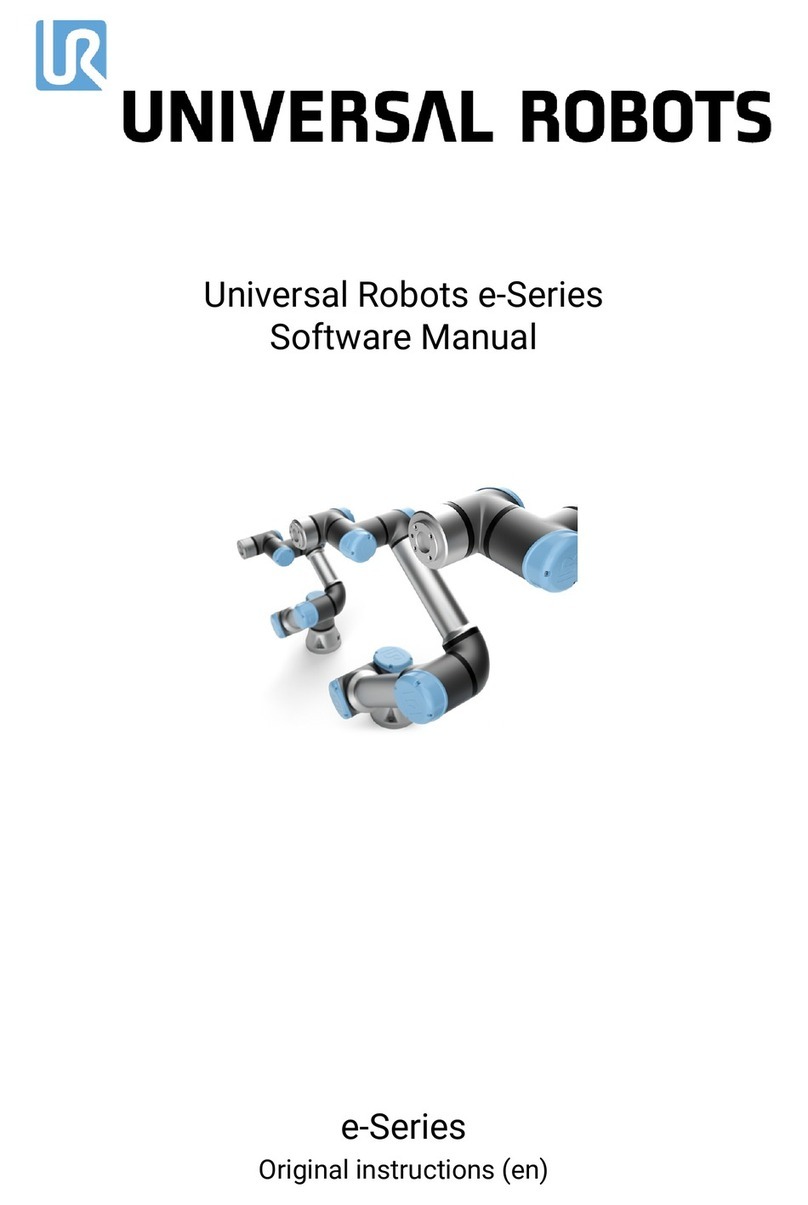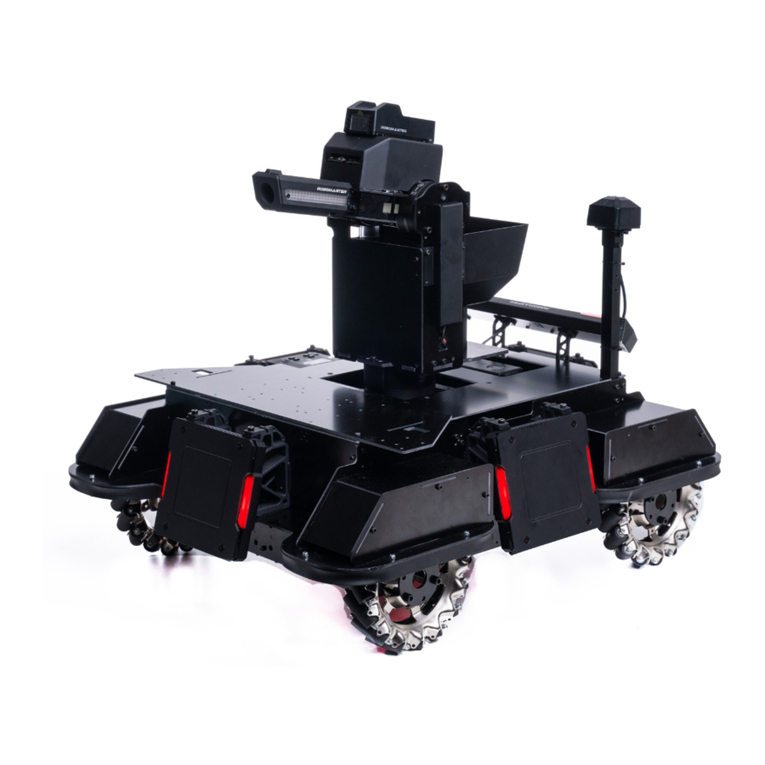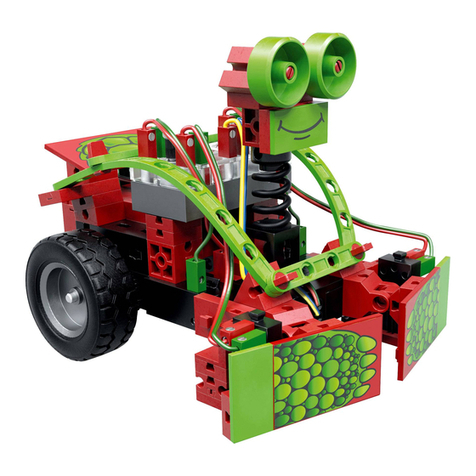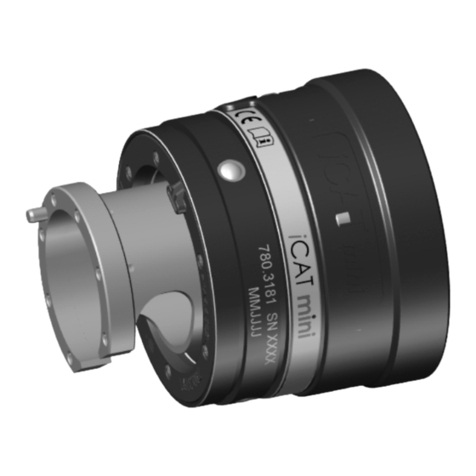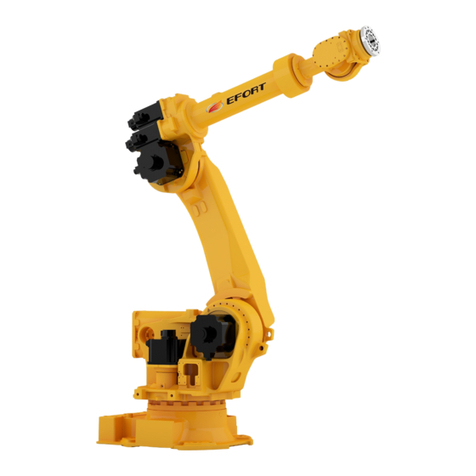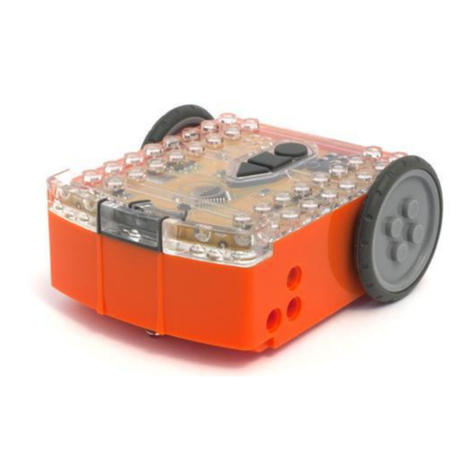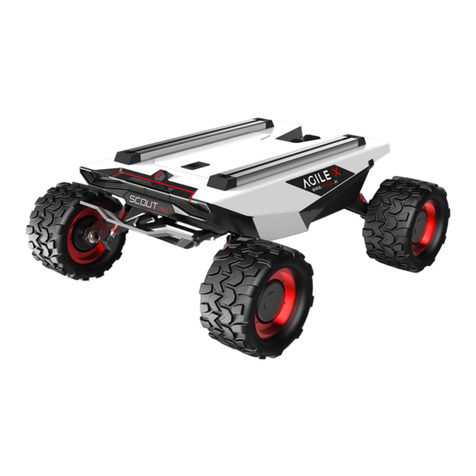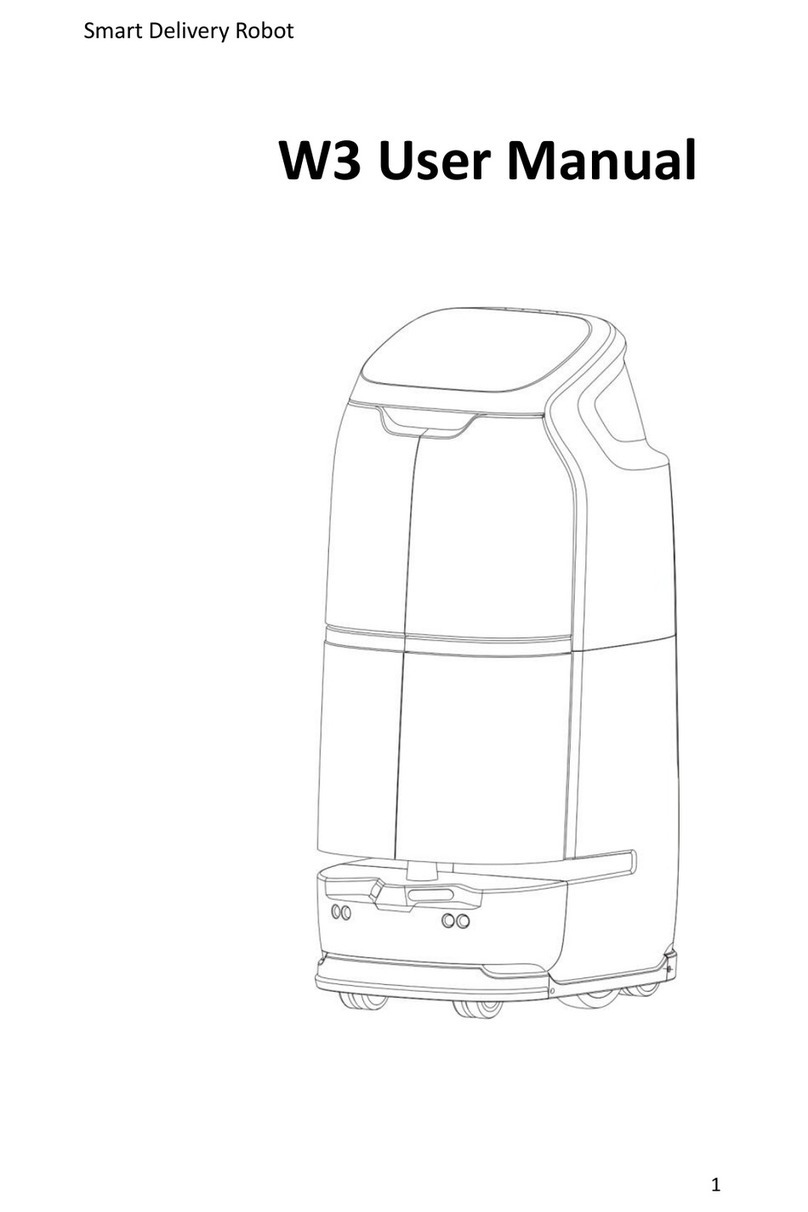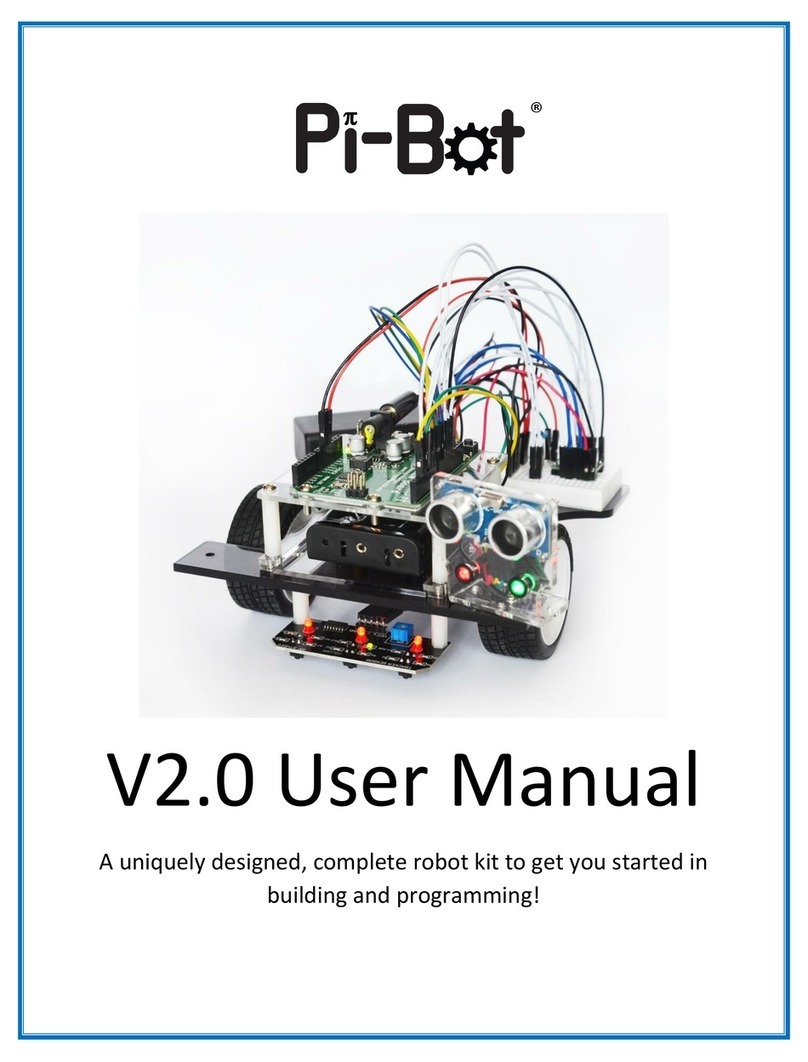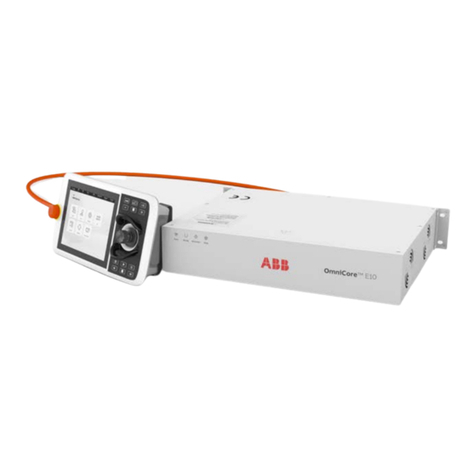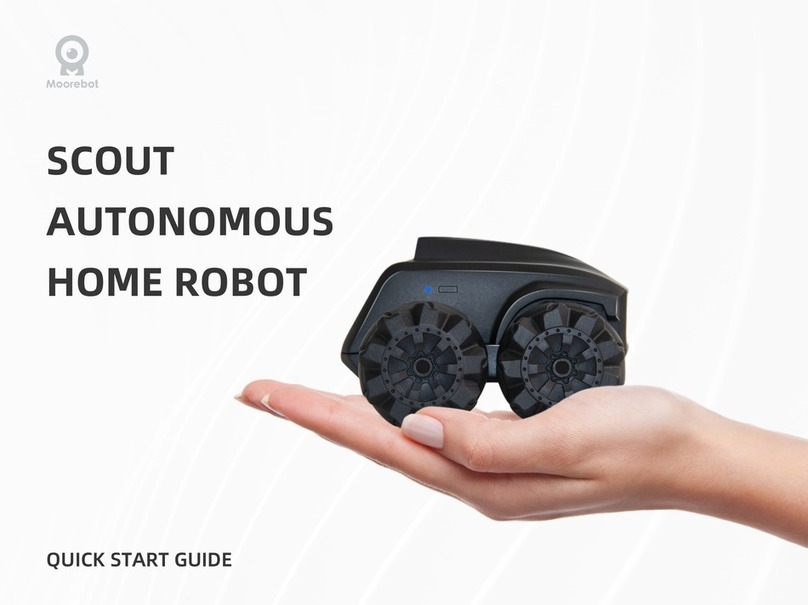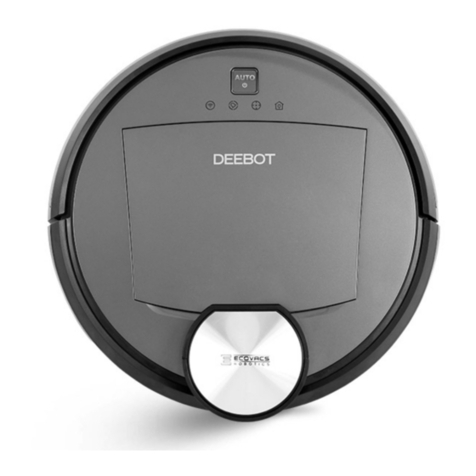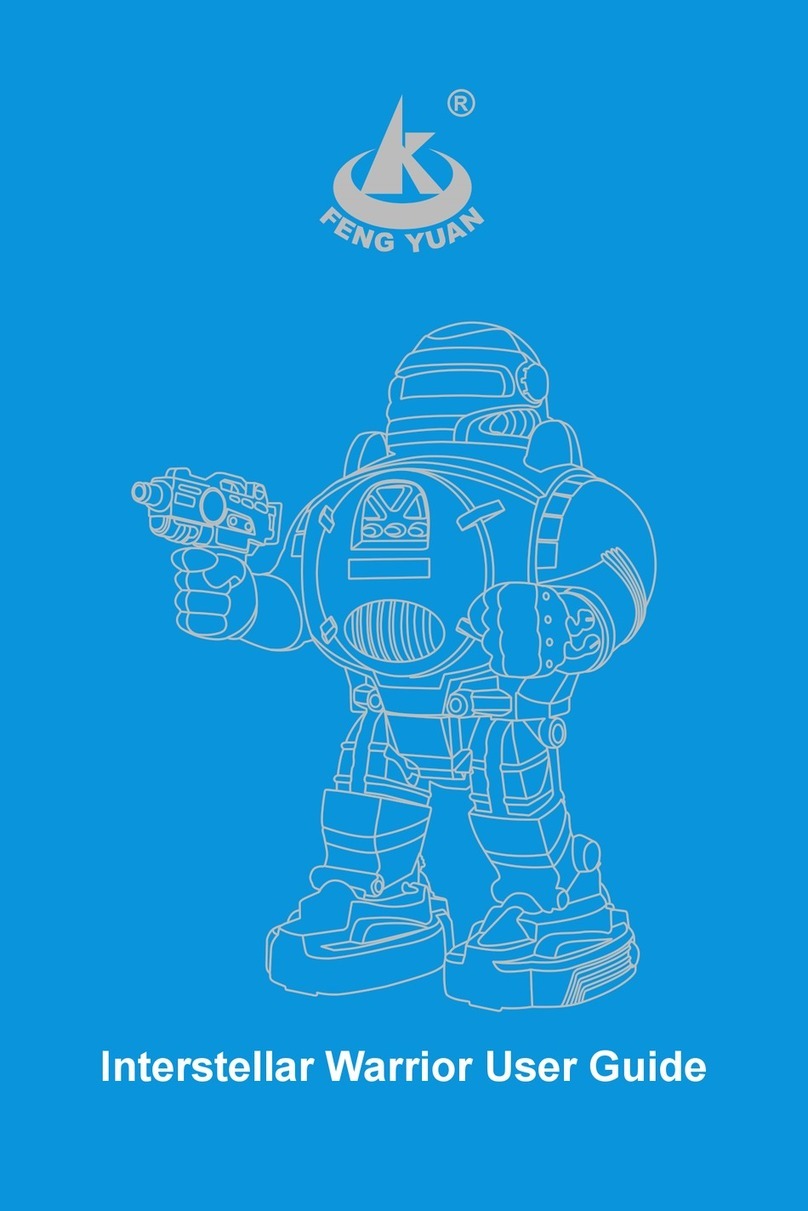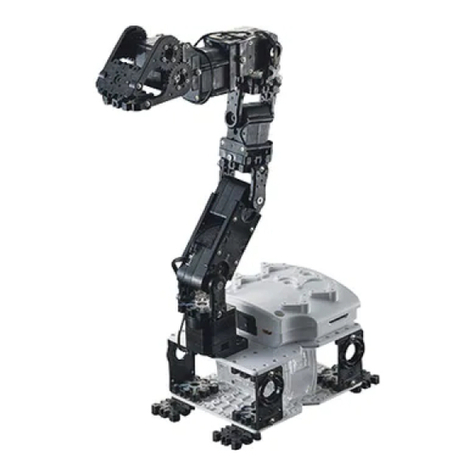
ER7-700 Industrial Robot Mechanical Use and Maintenance Manual
Chapter 1 Safety
1.1 Instructions for safe use of robots
Before carrying out installation, operation, maintenance and repair work, please be sure to read this
manual and other auxiliary documents and use this product correctly. Please use this product only after
fully grasping the equipment knowledge, safety information and all precautions. This manual uses the
following symbols to indicate their importance.
1.1.1 Safety precautions during adjustment, operation, and maintenance
1) Workers must wear work clothes, hard hats, safety shoes, etc.
2) When turning on the power, make sure there are no workers in the robot's operating range.
3) The power must be cut off before entering the robot's operating range for work.
4) When inspection, maintenance and other operations must be carried out under the power-on state,
two people should work in this case. One person maintains a posture that can immediately press the
emergency stop button, while the other person stays vigilant and works quickly within the robot's
movement range. In addition, you should confirm the retreat path before proceeding.
5) The load on the wrist and the robot arm must be controlled within the allowable weight and torque. If
you do not comply with the regulations that allow the weight and torque to be carried, it will cause
abnormal movements or premature damage to mechanical components.
6) It is forbidden to disassemble and operate the parts not covered by the maintenance manual. The
robot is equipped with various self-diagnosis functions and abnormality detection functions, and it can be
safely stopped even if an abnormality occurs. Even so, accidents caused by robots still happen from time to
time
The above-mentioned accidents were caused by the same reasons of "neglecting the safe operation
steps" and "unexpectedly the robot will suddenly move". In other words, all accidents were caused by
Indicate that when the treatment is wrong, it will cause the user to die or be
seriously injured, and the situation is very dangerous.
It means that when the treatment is wrong, it will cause the user's death or serious
injury.
Indicate that when the processing is incorrect, it will cause a slight injury to the
user or property damage.
Robot accidents are mostly in the following situations:
1. The automatic operation was executed without confirming whether there is a
person in the robot's movement range.
2. In the automatic operation state, it enters the robot motion range, and the robot
suddenly starts during the operation.
3. Only pay attention to the robot in front of you, not to other robots.
